Deoksugung Palace (덕수궁)
230.97661139412708m 417764 2022-12-14
99, Sejong-daero, Jung-gu, Seoul
+82-2-771-9951
Registered as Historic Site No. 124, Deoksugung Palace was initially not a royal palace, but a residential home of Grand Prince Wolsan (1454-1488), the older brother of King Seongjong (1469-1494) of the Joseon dynasty. It wasn't until 1593 that the palace was used as a temporary palace of the royal family after their home was burned down during the Imjin War. King Seonjo also stayed at Deoksugung Palace after returning to the city. It became a proper palace when Gwanghaegun (1575-1641) ascended to the throne and gave this royal residence the name Gyeongungung Palace in 1611. Over the following decades, the palace alternated between being an official palace and a temporary residence. The name did not change officially to Deoksugung Palace, meaning the “palace of virtuous longevity,” until 1907. While the palace once encompassed a vast area with many buildings, the current palace grounds are just a small shadow of the prior splendor, with very few structures remaining.
Seoul Plaza (서울광장)
230.72450481769084m 144794 2022-12-14
110, Sejong-daero, Jung-gu, Seoul
+82-2-735-8688
Seoul Plaza in front of City Hall is a historic site where the March 1, 1919 (Samil) Independence Movement and the pro-democracy movement in June 1987 were held. It is also a well-known place where tens of thousands of Korean soccer fans gathered together to watch the 2002 World Cup Games. Being located within the center of the city and surrounded by many historic attractions, including Deoksugung Palace, Seoul Plaza has become a representative attraction of Seoul.
Deoksugung Palace's Daehanmun Gate (덕수궁 대한문)
230.97661139412708m 38029 2024-03-06
99, Sejong-daero, Jung-gu, Seoul
+82-2-771-9951
Located near City Hall station, Daehanmun Gate is the main gate of Deoksugung Palace, one of the princiapl five palaces of Joseon Dynasty. The name "Daehan" means wish for eternal prosperity of the Korean Empire. In front of the gate, the Palace Royal Guard Changing Ceremony is held twice daily, along with the reproduction of costumes and style throughout the year.
Songwon Bokjib (송원복집)
252.75933932729416m 4113 2021-10-22
39, Namdaemun-ro 5-gil, Jung-gu, Seoul
+82-2-755-3979
This restaurant serves traditional Japanese-style pufferfish specialties. With almost half-century of experience in pufferfish cuisine, the owner of Songwon was trained in Teppan, Japan and remains a special member of the Japanese Pufferfish Federation. The restaurant also offers eel, sukiyaki, and sushi dishes, all made in the traditional Japanese style.
Masan Place (마산집)
257.4376220626455m 2651 2021-11-04
22-5, Sejong-daero 14-gil, Jung-gu, Seoul
+82-2-752-2415
Masan Place is located in a famous food alley near Seoul City Hall. The restaurant has been in operation for over 40 years, being most well known for their soegogi gukbap (beef rice soup) and modeum jeon (assorted pancakes). The latter comes with pan-fried oysters, seafood, and other ingredients. This dish goes particularly well with alcohol.
Masan Place is known for being frequented visited by Former President Roh Moo-hyun. Since the establishment opened, the same cook has prepared its delicious meals. The restaurant was named after the proprietor from Masan.
Jinju Hoegwan (진주회관)
259.3049864968648m 17525 2024-03-15
26 Sejong-daero 11-gil, Jung-gu, Seoul
+82-2-753-5388
Jinju Hoegwan is a renowned kongguksu (noodles in cold soybean soup) eatery near City Hall Station. Kongguksu is a traditional Korean summer dish made by boiling and grinding soybeans into a creamy broth, served with noodles, offering a refreshing and nutty flavor. Kongguksu is available from March to November. Their staff-recommended menu includes kimchi bokkeumbap (kimchi fried rice), freshly roasted by the staff, along with kimchi jjigae and samgyeopsal (pork belly).
Ilpum Garden (일품가든)
266.8966642097662m 94 2021-03-30
109-10, Seosomun-ro, Jung-gu, Seoul
+82-2-3789-7295
This is a restaurant where you can taste both shabu-shabu (sliced meat and vegetables boiled in water) and roasted meat. This Korean dishes restaurant is located in Jung-gu, Seoul. The representative menu is shabu-shabu.
Seoul Street Art Festival (서울거리예술축제)
273.4916116198461m 53534 2023-09-11
12, Eulji-ro, Jung-gu, Seoul
+82-2-3437-6455
Seoul Street Art Festival is held throughout Seoul and introduces high quality street performances.
Dalgaebi (달개비)
274.8090688111974m 15609 2024-03-15
16 Sejong-daero 19-gil, Jung-gu, Seoul
+82-82-2-765-2035, 2068
Dalgaebi is a restaurant specializing in Korean table d'hote, using fresh seasonal ingredients. Its flagship menu is the teukseon sangcharim jeongsik (special set menu), which includes porridge, seasonal dishes, main courses, and desserts. The galbi sangcharim (galbi course), featuring premium Korean beef galbi grilled over charcoal and served with soybean paste jjigae, is also popular. Known for its private dining spaces and upscale ambiance, reservations can be made via phone.
Jeonju Hoegwan (전주회관)
278.64271637907245m 16286 2019-08-31
32-1, Sejong-daero 14-gil, Jung-gu, Seoul
82-2-778-6689
Well-known among both Koreans and foreigners, this restaurant has been specializing in traditional Korean dishes for more than 50 years. Its gopdol bibimbap is patented and also the most popular dish in the restaurant.

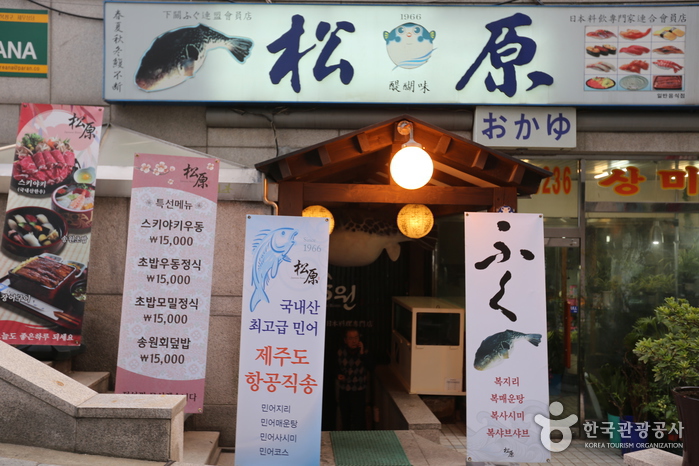
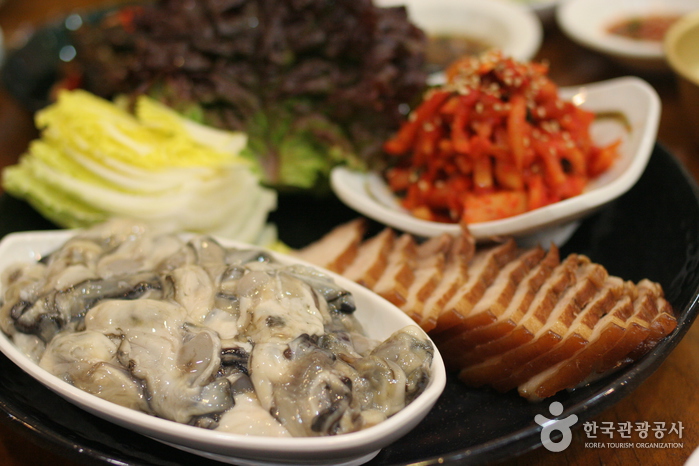
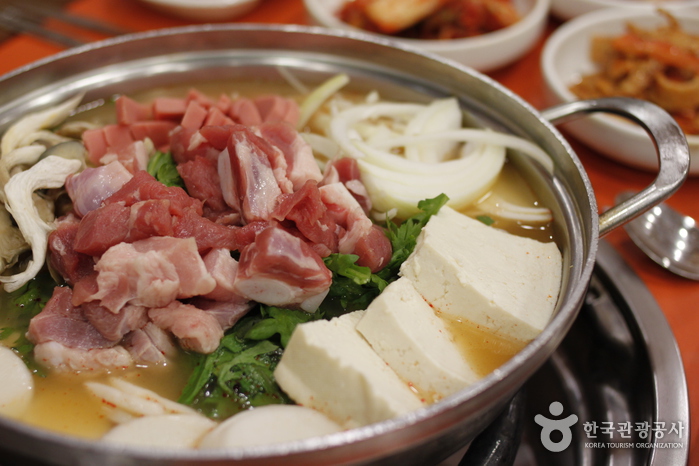
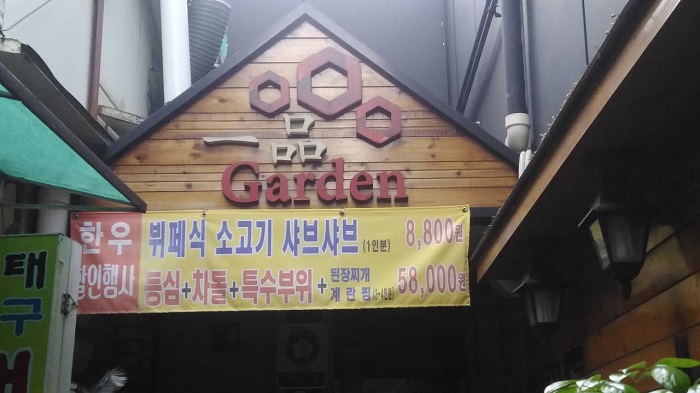
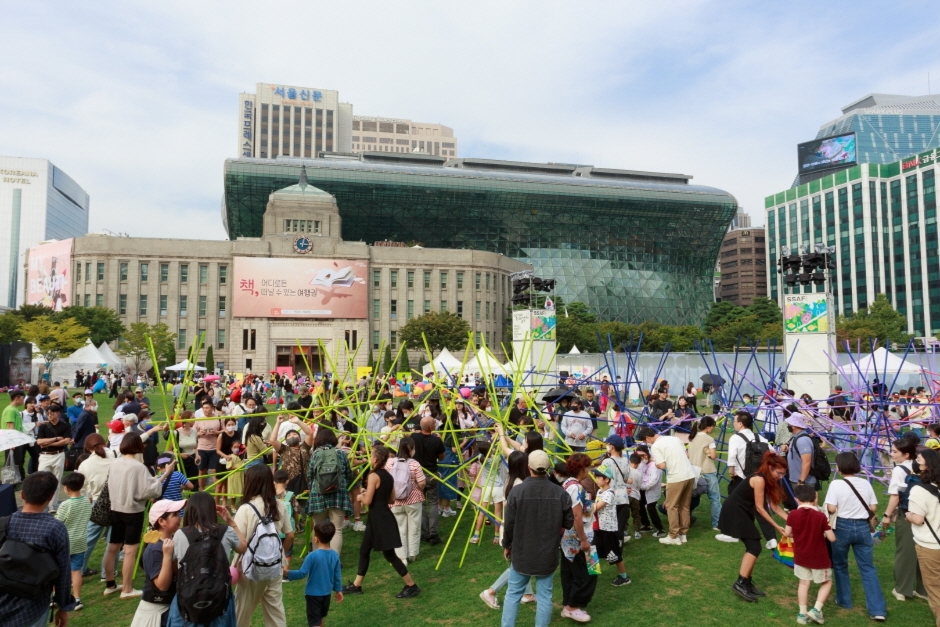
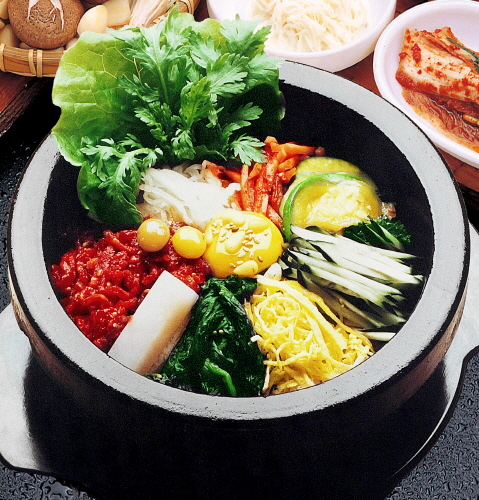
 English
English
 한국어
한국어 日本語
日本語 中文(简体)
中文(简体) Deutsch
Deutsch Français
Français Español
Español Русский
Русский